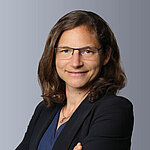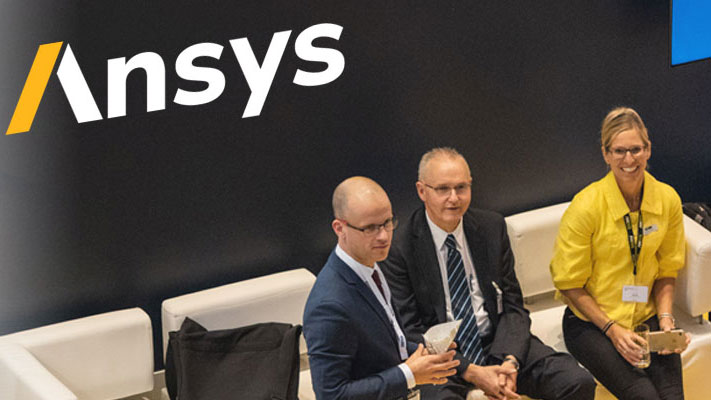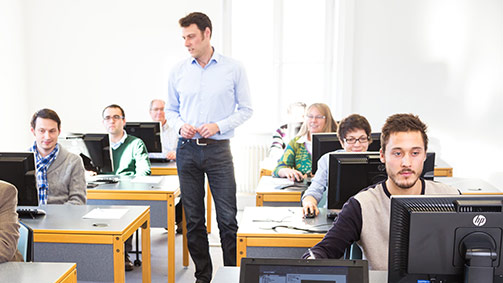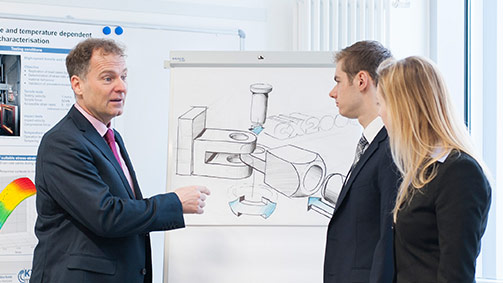Ansys and CADFEM Austria at HTLs
Simulation Generation
The excellent reputation of Austrian engineers is no accident. It is the result of a special training system for young technical talent, with Higher Technical Education Institutes (HTLs) at its core. HTLs set the course for the engineering profession at an early stage by producing over 8,000 qualified young people every year.
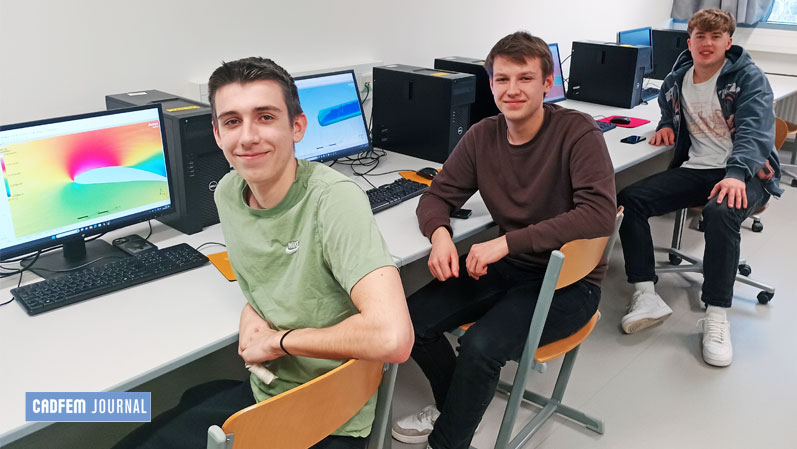
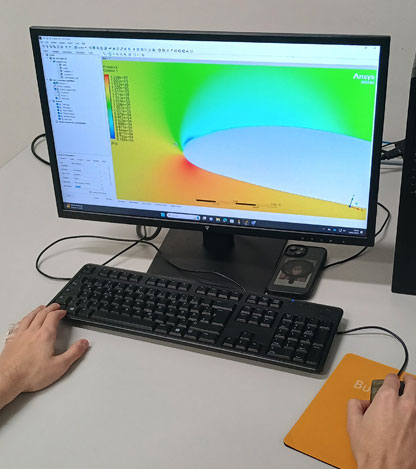
The skillful use of digital tools is part of the training. The HTLs are supported in simulation by Ansys and CADFEM Austria on the initiative of the Ministry of Education, Science and Research.
With 3,500 students between the ages of 14 and 19, HTL Mödling is the largest school in Austria. This also makes it the largest of the 70 or so HTLs across the country that offer a 5-year future-oriented technical education under the direction of the Ministry of Education, Science and Research. HTLs prepare the next generation of technicians in a wide range of specialist areas for entry into professional practice or for a bachelor's or master's degree in natural sciences.
Career entry or academic path? These options are available to around 8,000 well-trained HTL graduates every year, most of whom are under the age of 20. With this concept, the Ministry of Education, Science and Research is ensuring that industry, science, and research have the technical specialists they need to remain competitive and be prepared for future issues such as climate change, digitalization, and smart factories.
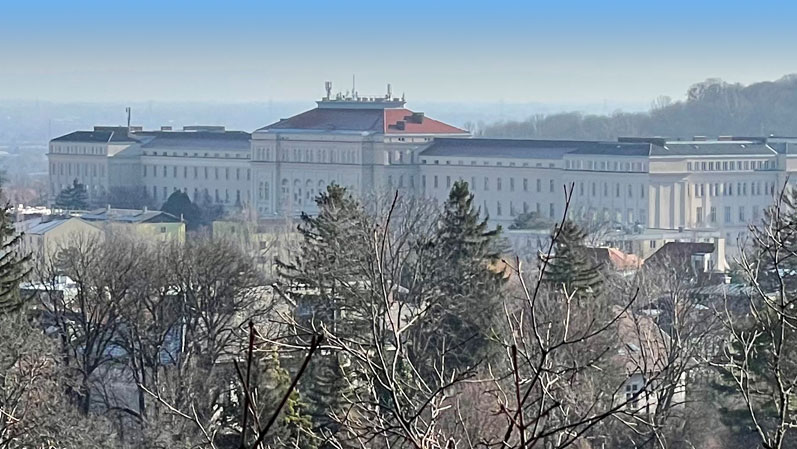
Karoline Meschnigg, Head of Vocational Schools, School Testing, School Supervision Central Teaching Institutions, Implementation of European Vocational Training Policy, Ministry of Education, Science and ResearchFor us at the Austrian Ministry of Education, Science and Research, top engineering training is of great importance. The targeted use of simulation is part of this today. Equipping all HTLs with Ansys simulation software in conjunction with professional, local support from CADFEM Austria is therefore ideal.
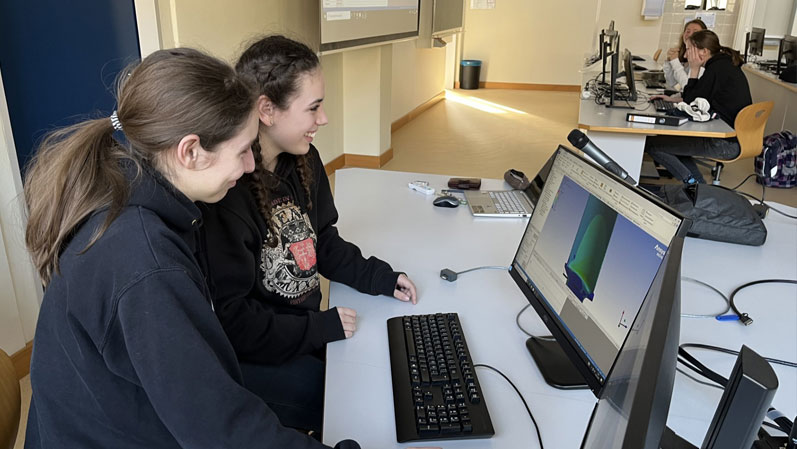
There is no question that these tasks require digital technologies as well as sound specialist knowledge. All HTLs are therefore equipped with an appropriate IT infrastructure. When it comes to applications, the Ministry of Education, Science and Research relies on partnerships with software providers: the ministry as the responsible body and the HTLs as users thus benefit from the cost-effective and comprehensive availability of first-class digital solutions.
They are not only learned and used by the students. Teachers are also showing great interest, as they can align their lessons much better with industrial reality, i.e. the needs of industry and university training institutions. For their part, the providers cooperate to ensure that their solutions are mastered by young students and used efficiently once they enter the workplace.
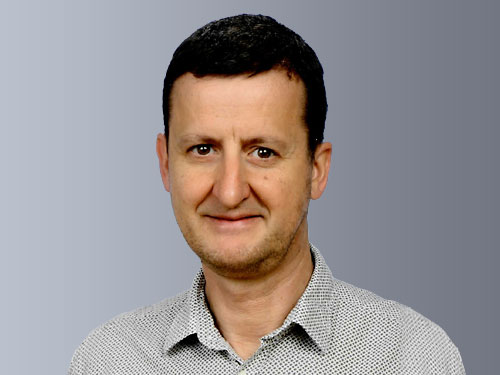
3 questions for
Dr. Hermann Lang
Professor of Mechanical Engineering at HTL Weiz
Dr. Lang, why are simulations part of the curriculum at HTL Weiz?
From an educational point of view, numerical simulations make sense in order to visualize mechanical component behavior in the form of images and videos - stresses, deformations, natural frequencies, and shapes or even flow processes. In this way, our aim is to motivate students to carry out numerical analyses themselves.
Simulations are not easy. How do you ensure that the students are not overwhelmed?
The introduction to numerical simulation should take place by working on tasks that are as simple as possible and where the mechanical behavior is easy to understand. Application examples for which analytical calculations are easily accessible or are already calculated in theory classes are ideal. Alternatively, examples where the simulations carried out can be verified by simple physical experiments are a good introduction. For example, the principle of simulation can be explained well using beams or simple trusses.
Not everything is mechanics. How do you introduce young students to flow simulations?
In the field of hydromechanics, simple tube systems can serve as an introduction to numerical flow simulation. Here, too, you should start with the simplest possible geometries so that the fluid mechanical behavior can be verified by analytical recalculation, e.g. using the VDI Heat Atlas. This approach has the advantage that the students become familiar with the use of the simulation software using simple geometries and gain confidence in the evaluation of simulation results. They should experiment with various parameters and thus find a fun approach to numerical simulation.
Simulation as a key competence
One of these digital helpers is numerical simulation. Simulations help to analyze, understand, and improve the physical behavior of future products using a digital model on the screen. Simulations provide quick and accurate answers to a wide range of questions and are the digital alternative to trial-and-error, manual calculations, gut feeling, or expensive and time-consuming prototype tests.
Until recently, their use was reserved for specialists with additional qualifications. That has since changed. With digital transformation, simulation is increasingly becoming a skill that engineers and technicians have at least a basic knowledge of. This trend towards the "democratization of simulation" is being reinforced by a new generation of software tools that are intuitive to use and can be learned quickly using modern training concepts. This is why simulations have been given an enormous boost in the training concept of technical colleges, which in turn are once again setting a strong example in engineering training.
Ansys Software and CADFEM Services
This step was realized through the conclusion of a partnership between the Ministry of Education, Science and Research, Ansys, Inc. and CADFEM Austria GmbH. The decisive factors for the Ministry of Education, Science and Research were the widespread use and bandwidth of Ansys software, the local presence of CADFEM in Austria (for simulation in general and Ansys in particular), and the intention of the Ministry to strengthen the digitalization skills of HTL graduates in the field of simulation. This project was also facilitated by the fact that some HTLs had already used Ansys in the past and, based on their experience, recommended the “Ansys plus CADFEM Austria” combination for the overall implementation under the umbrella of the Ministry of Education, Science and Research.
Ansys provides an Ansys Academic Multiphysics Campus Wide Solution as part of the long-term partnership. This gives all students and teachers at all HTLs access to the entire spectrum of the Ansys simulation world. Access is continuous and uncomplicated with a simple online registration. In addition, the Ansys digital learning offer of 290 courses can be used unlimitedly.

3 questions for
Dipl.-Ing. Raimund Trummer
Instructor for design and computation at HTL Eisenstadt
Mr. Trummer, Ansys has been part of the curriculum at HTL Eisenstadt for years. How do you introduce young students to the subject?
One proven method is to have students in the fourth class carry out linear-elastic strength calculations on components and assemblies that they have designed. The next step is modal analysis to ensure smooth operation at an early stage by calculating natural frequencies.
What happens next?
Building on this, the focus shifts to typical aeronautical engineering tasks such as topology optimization, which is used to optimize the weight of components so that they can be economically installed in aircraft. Non-linear strength calculations and flow calculations in the subsonic and supersonic range are added in the fifth classes.
When do the learned skills come into play?
HTL Eisenstadt has repeatedly won first place in the young innovators competition. Our aeronautical engineering students have also improved their product through the use of Ansys Fluent, giving them a decisive advantage. Their performance was certainly on par with that of universities and particularly extensive calculations were carried out on the Vienna Scientific Cluster (VSC).
CADFEM Austria, with offices in Vienna and Innsbruck, and the Ministry of Education, Science and Research have had frequent contact in recent years. CADFEM Austria is part of the CADFEM Group, a globally active specialist for simulation and digital engineering.
The company is very well known in the Austrian engineering community. As a local partner, CADFEM Austria brings a complementary range of services to the partnership that ensures the efficient use of Ansys software at participating HTLs. This includes training courses for students and teachers – on site, online, or in the form of eLearning courses, user support and consulting services as well as the assumption of teaching assignments by in-house specialists.
Johannes Raitmair MSc, CTO, CADFEM (Austria) GmbHThe importance of digital skills in engineering education cannot be overstated. HTLs are once again setting the standard in this respect. We are proud to be involved in our field, simulation. Incidentally, this is also because many CADFEM Austria employees have their own HTL roots.
Author:
Alexander Kunz (CADFEM Germany GmbH)
Cover Images:
Right: © HTL Eisenstadt
Left: © HTL Eisenstadt
Published: April, 2024
Contact CADFEM
